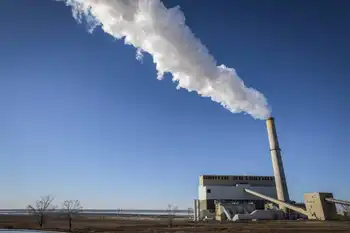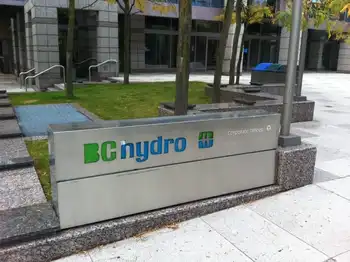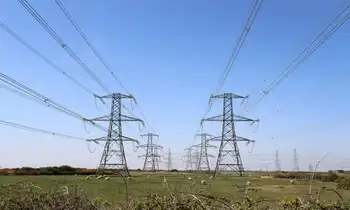Grass hailed as potential source of clean energy
DUBLIN, IRELAND - A tall, decorative plant that can be grown in Europe and the United States could provide a significant amount of energy without contributing to global warming, scientists said.
Field trials of the grass called Miscanthus in Illinois showed it could be very effective as an economically and environmentally sustainable energy crop.
Professor Steve Long and his colleagues at the University of Illinois obtained a yield of about 60 tonnes per hectare of the tall willowy grass last year.
"If about 8 percent of the land area (of the state) was given over to this grass, and assuming only half of those yields were obtained, we would obtain enough dry matter to generate the total electricity used by of the state if Illinois, which includes the city of Chicago," he told a recent science conference.
Professor Mike Jones, of Trinity College in Dublin, said planting the crop on 10 percent of the arable land in Ireland, could meet up to 30 percent of the country's electricity needs.
In the United States, scientists are looking at burning the crop in a 50-50 mix with coal to generate electricity. It would be suitable for use in some existing power plants, although others would require modification.
The scientists told the British Association for the Advancement of Science conference that the attractive, perennial plant which grows about 14 feet high and similar grasses could provide a means to significantly offset fossil fuel emissions.
"As the plant grows it is drawing carbon dioxide out of the air. When you burn it you put that carbon dioxide back, so the net effect on atmospheric CO2 is zero," Long explained.
"In terms of Kyoto it would be considered carbon neutral," Long said, referring to the 1997 protocol that demands cuts in greenhouse emissions by 5.2 percent below 1990 levels by 2008-12.
The scientists used a sterile hybrid of the plant, which comes from high altitude areas in Japan and produces a silver, feather-like foliage, in the trials so it would not become invasive.
"Currently, in those trials that have been carried out, there appears to be no real problem with pests or diseases," according to Jones.
Long said biomass crops have not been taken seriously as a means for mitigating rising levels of carbon dioxide in the atmosphere.
"The point we want to make is that these new plants that we have been looking at really could make a major contribution and it doesn't require major technological breakthroughs to do that."
Related News

Alberta creates fund to help communities hit by coal phase-out
EDMONTON - The Coal Community Transition Fund is open to municipalities and First Nations affected as Alberta phases out coal-fired electricity by 2030 to focus on renewables and natural gas.
Economic Development Minister Deron Bilous says the government wants to ensure these communities thrive through the transition
“Residents in our communities have concerns about the transition away from coal,” Rod Shaigec, mayor of Parkland County, said.
“They also have ideas on how we can mitigate the impacts on workers and diversify our economy to create new employment opportunities for affected workers. We are working to address those concerns and support their ideas. This…




